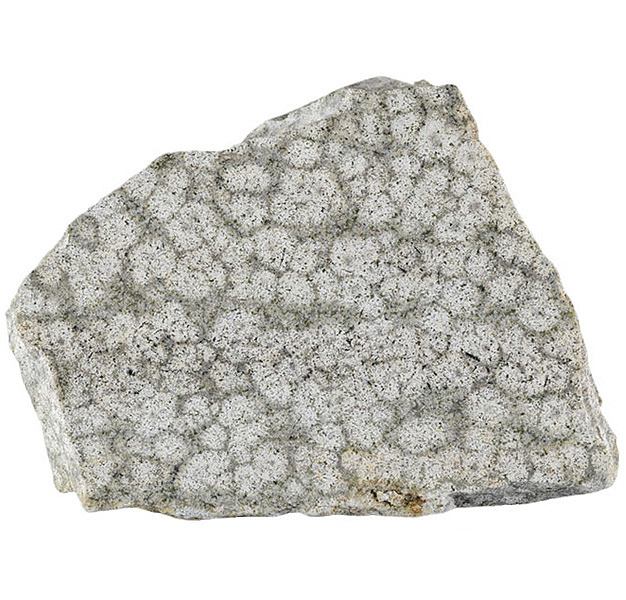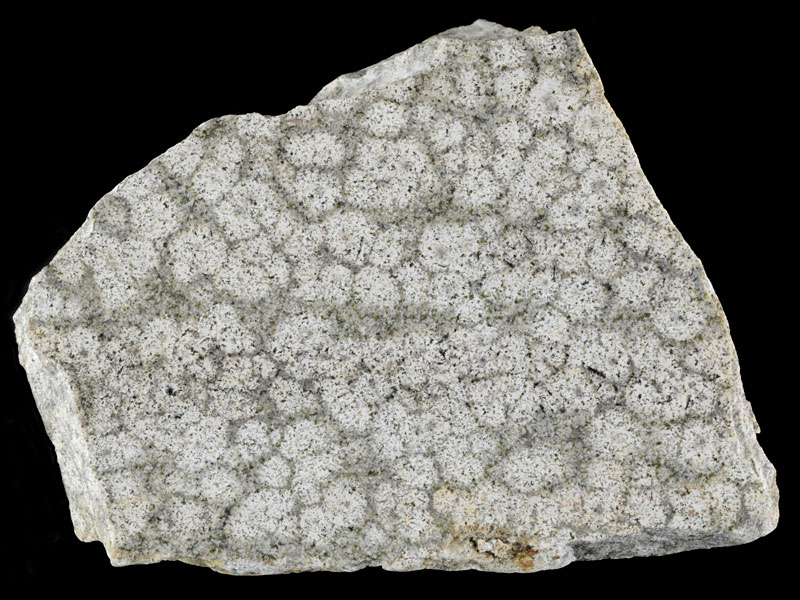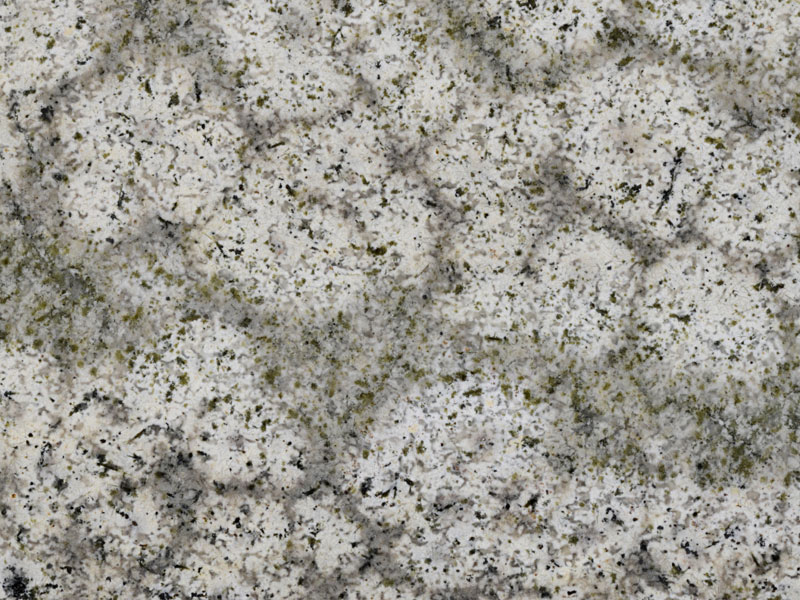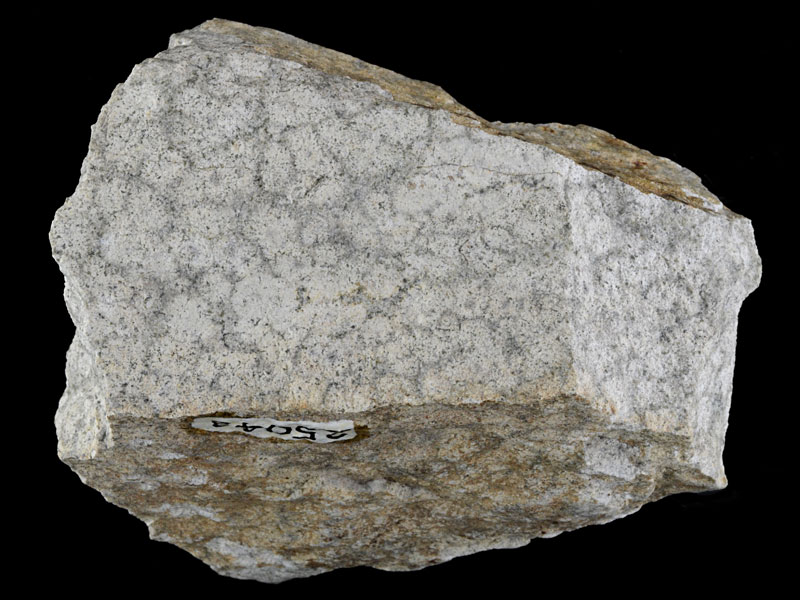
Fact sheet
This unusual rock is a thermally metamorphosed and partially melted Torridonian arkosic sandstone. It came from the foot of Allt Bealac Mhic Neil. The sandstone was subjected to intense contact metamorphism in the margin of a small gabbroioc plug on north side of the Rum Central Complex.
In thin section the rock is dominated by quartz and fine grained feldspar. The most notable feature is the abundant needle-like quartz paramorphs after original tridymite, in other words crystals that were once the high temperature form of silica tridymite that later inverted to quartz. The presence of tridymite would indicate that the metamorphism occurred at low pressure. Note that the paramorphs are commonly fringeing relic quartz grains from the sandstone.
The United Kingdom Virtual Microscope (UKVM) collection consists of igneous, sedimentary and metamorphic rocks from around the UK.
It is intended as a teaching resource, helping to tell the story of the common rock types and how they form, and reflecting the history of the UK at the margins of the continent of Europe. The collection is a series of teaching sets, for example igneous rocks from the North Atlantic Igneous Province and SW England; high-temperature metamorphic rocks from Scotland and low-temperature metamorphic rocks from Wales; and sedimentary rocks, including English limestones and sandstones.









